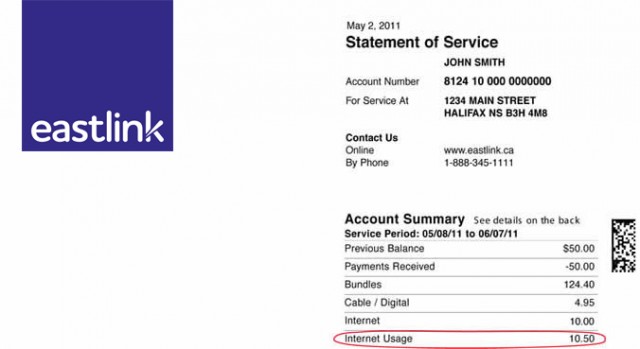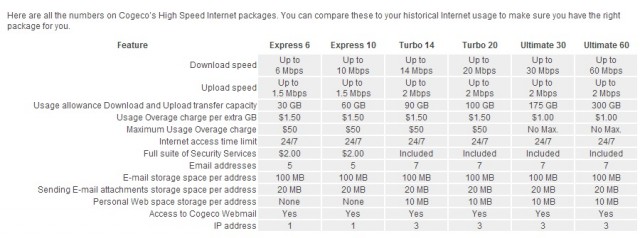Verizon Wireless has created a new warning page about “high-risk apps” that can chew up your data allowance or kill a fully charged Android smartphone battery in a matter of hours.
“Occasionally we learn about apps in the Google Play™ Store that might have serious negative effects on your device,” the website states. “We work regularly with app developers to help them fix problems with their apps, and apps are removed from this list as soon as the issues are fixed.”
All of the apps on the baker’s dozen list are games:
| Asphalt 7:Heat |
|
| Version: 1.0.4 | |
| Developer: Gameloft | |
| Last Reviewed: January 2013 | |
Description: When running, this app keeps the device from going to sleep mode. As a result, a device left untouched with the app running will drain the battery about 2.4 times faster than normal.
| Burger |
|
| Version: 1.0.4 | |
| Developer: Magma Mobile | |
| Last Reviewed: October 2012 | |
Description: When running, this app keeps the device from going to sleep mode. As a result, a device left untouched with the app running will drain the battery about 2.3 times faster than normal.
| Doodle Jump |
|
| Version: 1.13.8 | |
| Developer: GameHouse | |
| Last Reviewed: September 2012 | |
Description: When running, this app keeps the device from going into sleep mode. As a result, a device left untouched with the app running will drain the battery about three times faster than normal.
| Draw Something |
|
| Version: 1.11.15 | |
| Developer: OMGPOP | |
| Last Reviewed: December 2012 | |
Description: When running, this app keeps the device from going to sleep mode. As a result, a device left untouched with the app running will drain the battery about 2.7 times faster than normal.
| Fruit Ninja Free |
|
| Version: 1.6.2.0 | |
| Developer: Halfbrick Studios. | |
| Last Reviewed: December 2012 | |
Description: When running, this app keeps the device from going into sleep mode. As a result, a device left untouched with this app running will drain the battery about 2.2 times faster than normal.
| Grand Theft Auto III |
|
| Version: 1.3 | |
| Developer: Rockstar Games, Inc. | |
| Last Reviewed: September 2012 | |
Description: When running, this app keeps the device from going into sleep mode. As a result, a device left untouched with this app running will drain the battery about 1.8 times faster than normal.
| Hill Climb Racing |
|
| Version: 1.4.1 | |
| Developer: Fingersoft | |
| Last Reviewed: January 2013 | |
Description: When running, this app keeps the device from going into sleep mode. As a result, a device left untouched with this app running will drain the battery about 2.7 times faster than normal.
This app uses a large amount of data while running in the background. A device left untouched with the app running could use as much as 6.4MB in 24 hours, or 190MB in a 30 day period.
| Jail Escape |
|
| Version: 1.1 | |
| Developer: mazjustin | |
| Last Reviewed: October 2012 | |
Description: When running, this app keeps the device from going to sleep mode. As a result, a device left untouched with the app running will drain the battery about 2.8 times faster than normal.
This app uses a large amount of data while running in the background. A device left untouched with the app running could use as much as 17MB in a 24 hour period, or more than half a gigabyte in 30 day period.
| Need for Speed: Most Wanted |
|
| Version: 1.0.46 | |
| Developer: Electronic Arts, Inc. | |
| Last Reviewed: January 2013 | |
Description: When running, this app keeps the device from going into sleep mode. As a result, a device left untouched with this app running will drain the battery about 4.5 times faster than normal.
| N.O.V.A. 3 – Near Orbit |
|
| Version: 1.0.2 | |
| Developer: Gameloft | |
| Last Reviewed: September 2012 | |
Description: When running, this app keeps the device from going into sleep mode. As a result, a device left untouched with this app running will drain the battery about 2.2 times faster than normal.
| Osmos HD |
|
| Version: 1.2.15 | |
| Developer: Hemisphere Games | |
| Last Reviewed: October 2012 | |
Description: When running, this app keeps the device from going to sleep mode. As a result, a device left untouched with the app running will drain the battery about 3 times faster than normal.
| Wreck It Ralph |
|
| Version: 1.1 | |
| Developer: Disney | |
| Last Reviewed: January 2013 | |
Description: When running, this app keeps the device from going into sleep mode. As a result, a device left untouched with this app running will drain the battery about 2.3 times faster than normal.
| Zombie Frontier |
|
| Version: 1.0.6 | |
| Developer: Feelingtouch Inc. | |
| Last Reviewed: December 2012 | |
Description: When running, this app keeps the device from going into sleep mode. As a result, a device left untouched with this app running will drain the battery about 3.3 times faster than normal.


 Subscribe
Subscribe
 “Ontario gets the worst when it comes to competitiveness,” Michael Geist, a law professor at the University of Ottawa and Canada Research Chair in Internet and e-commerce law told CBC News. “It tends to be the least competitive when it comes to getting bang for your buck.”
“Ontario gets the worst when it comes to competitiveness,” Michael Geist, a law professor at the University of Ottawa and Canada Research Chair in Internet and e-commerce law told CBC News. “It tends to be the least competitive when it comes to getting bang for your buck.”
 It’s time to take a look inside Time Warner Cable’s latest quarterly financial report and pick out some interesting developments that will impact customers during the first quarter of 2013.
It’s time to take a look inside Time Warner Cable’s latest quarterly financial report and pick out some interesting developments that will impact customers during the first quarter of 2013.


